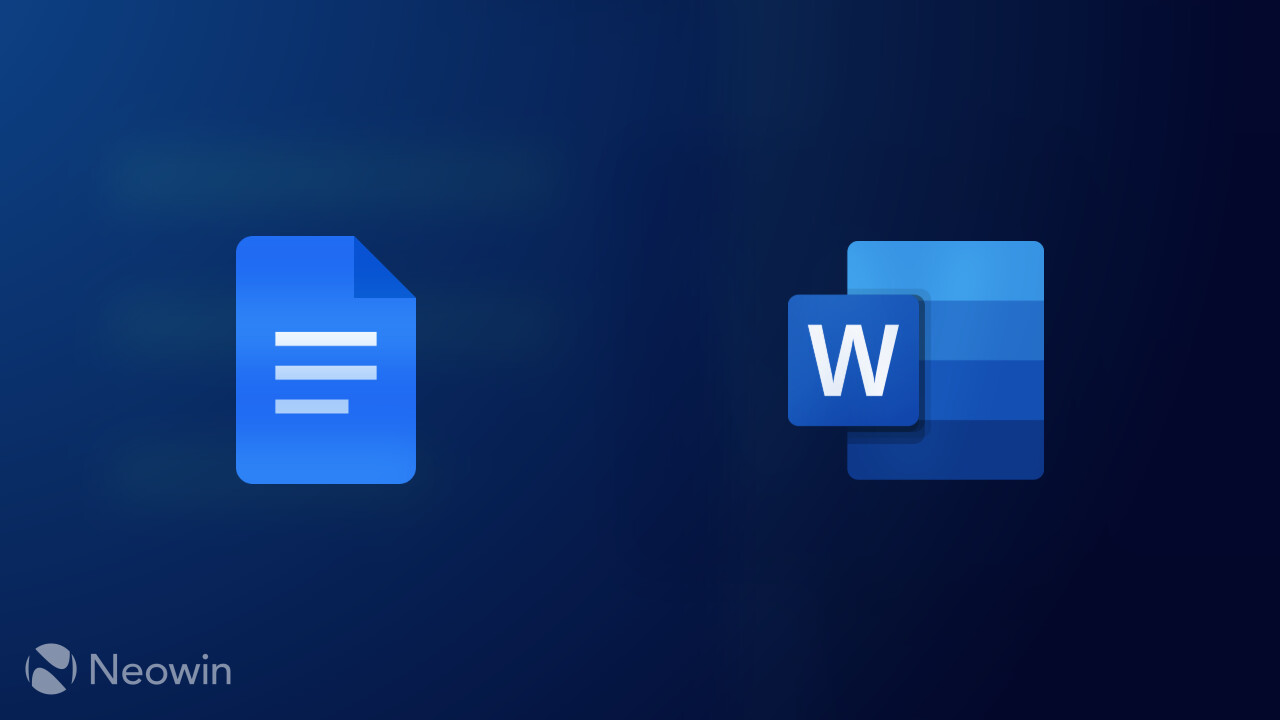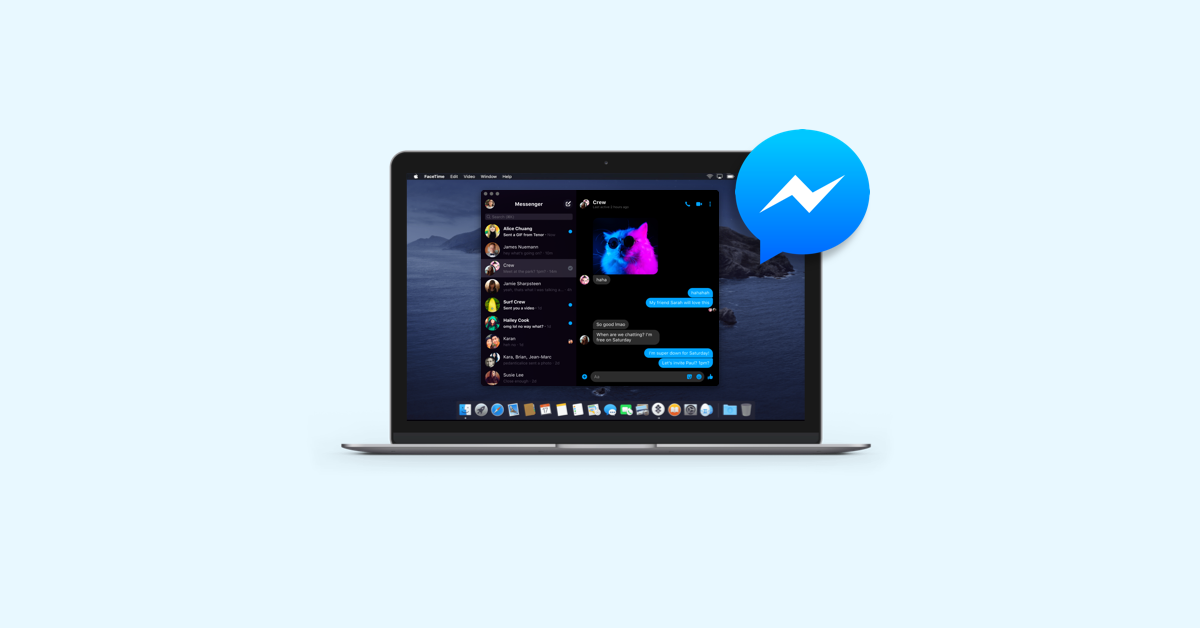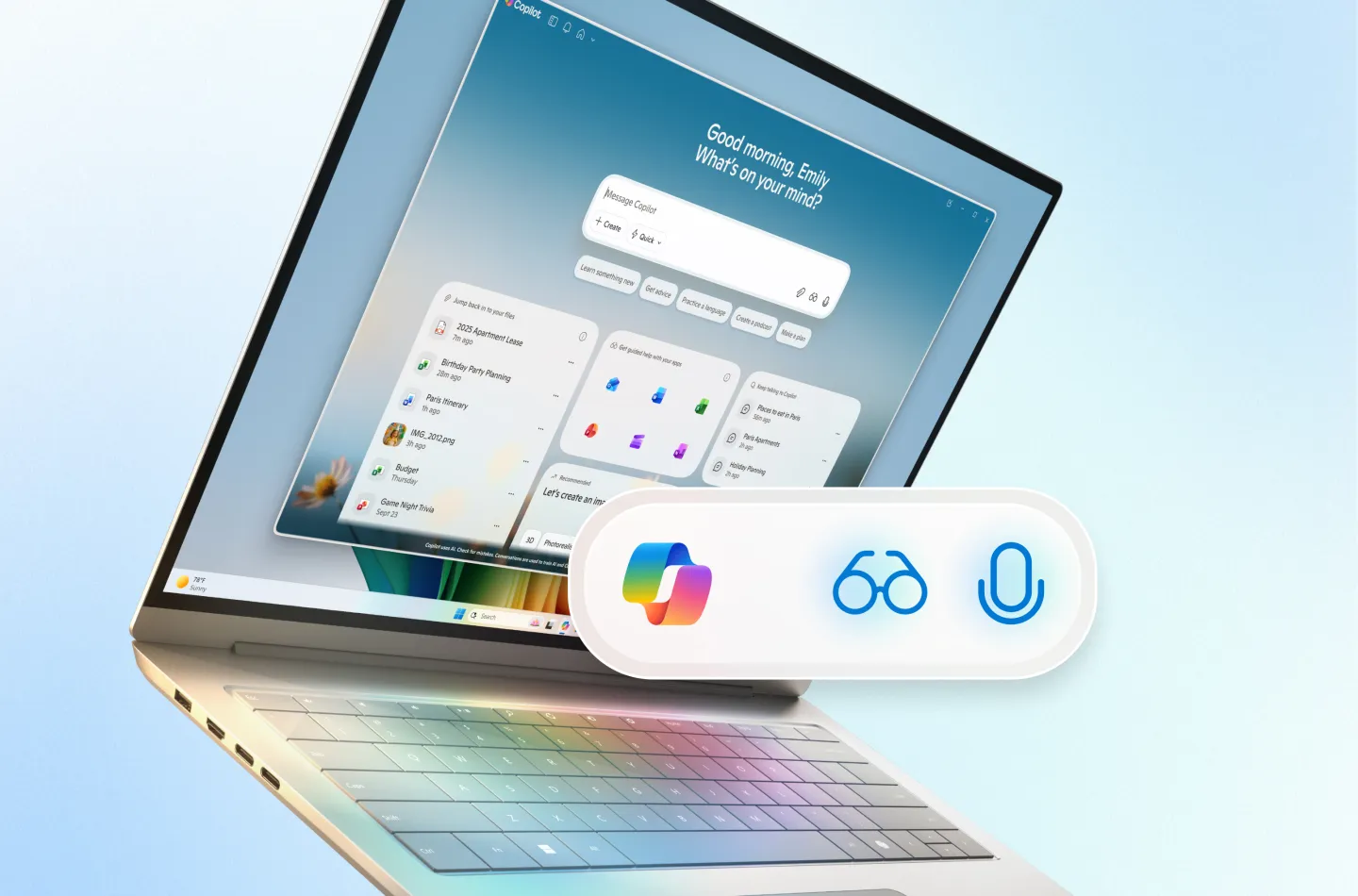Google is stepping up its competition with Microsoft by introducing new tools aimed squarely at corporate users who rely on Microsoft 365. The company’s latest rollout, announced this week, is designed to position Google Workspace as a more reliable and flexible alternative — particularly for enterprises frustrated by Microsoft’s recent service outages.
Central to this push is Google’s new Business Continuity plan, a feature that lets organizations run Google Workspace alongside Microsoft 365 without requiring a full migration. In the event of an outage on Microsoft’s side, companies can instantly switch to Google services such as Gmail, Drive, Meet, and Calendar to maintain productivity. Google says this approach ensures teams can “continue working with secure and compliant apps” during disruptions, while all data — including emails, chats, and calendars — stays synchronized across both platforms.
The timing of the announcement is strategic. Microsoft 365 experienced a significant outage on October 8, which left many users unable to access services like Teams and Exchange Online. Google took the opportunity to highlight those reliability issues, even linking to Microsoft’s official X account that reports outages and remarking that it’s “a question of when and for how long” Microsoft 365 will go down. The message is clear: Google wants to brand Workspace as the dependable backup plan for enterprises increasingly wary of downtime.
Beyond continuity, Google is also offering a more permanent exit route from Microsoft’s ecosystem. Its new Work Transformation Set gives companies the ability to migrate fully from Microsoft 365 to Workspace, integrating tools like the Gemini AI assistant and third-party management systems such as Okta and JumpCloud. The suite is meant to ease the transition by combining productivity, identity, and device management into a single package — effectively pitching Workspace as a modernized, AI-driven replacement for Microsoft’s traditional setup.
Both tech giants have leaned heavily into AI-powered productivity over the past year. Google has been embedding its Gemini models across Workspace, while Microsoft’s Copilot system is now integrated throughout Word, Excel, Outlook, and Teams. But where Microsoft has relied on its deep enterprise roots, Google is betting on stability and openness — two qualities it’s now explicitly using to differentiate itself.
The rivalry between Google Workspace and Microsoft 365 has long been defined by preference and ecosystem lock-in rather than performance. Yet with recurring outages and rising cloud costs, enterprises are re-evaluating where to place their productivity workloads. Google’s new tools may not immediately pull customers away from Microsoft, but they send a clear signal: Google is ready to capitalize on every moment when Microsoft stumbles.







